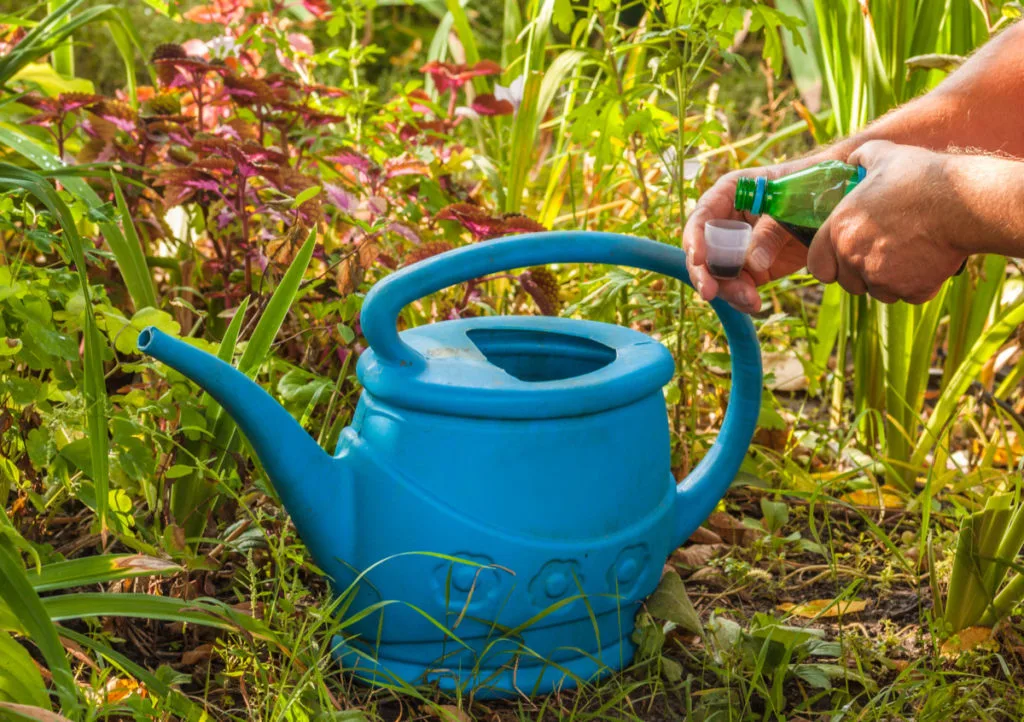
One of the most important aspects of gardening is fertilizing. Whenever we grow crops in the soil, we remove nutrients. To continue to grow food year after year, we have to replenish what we remove.
It’s safe to say that what goes on underground is more important than what happens above ground.
The advent of synthetic fertilizers allows us to feed an ever-growing world, and that’s great from a global standpoint. But these days more and more gardeners are looking for natural alternatives for their own gardens. If you’re looking to opt-out of using the old yellow and green box of fertilizer sold in every gardening center in America, you have plenty of natural and organic options.
I’ve put together a list of tried-and-true natural fertilizers to incorporate into your soil feeding routine. This is by no means an exhaustive list, and many of these fertilizers work well together.
Try experimenting by blending some of these materials to create your garden super-food. Some fertilizers will work great with some plants and not as well with others. Like much of gardening, it all comes down to trial and error. The best advice I can give when adding a new natural fertilizer to your list is to keep good notes.
Let’s dive in and take a look. I’ll give you a brief overview of each fertilizer, but you can always click on each one for more in-depth information on when, how and where to use each one.
1. Compost
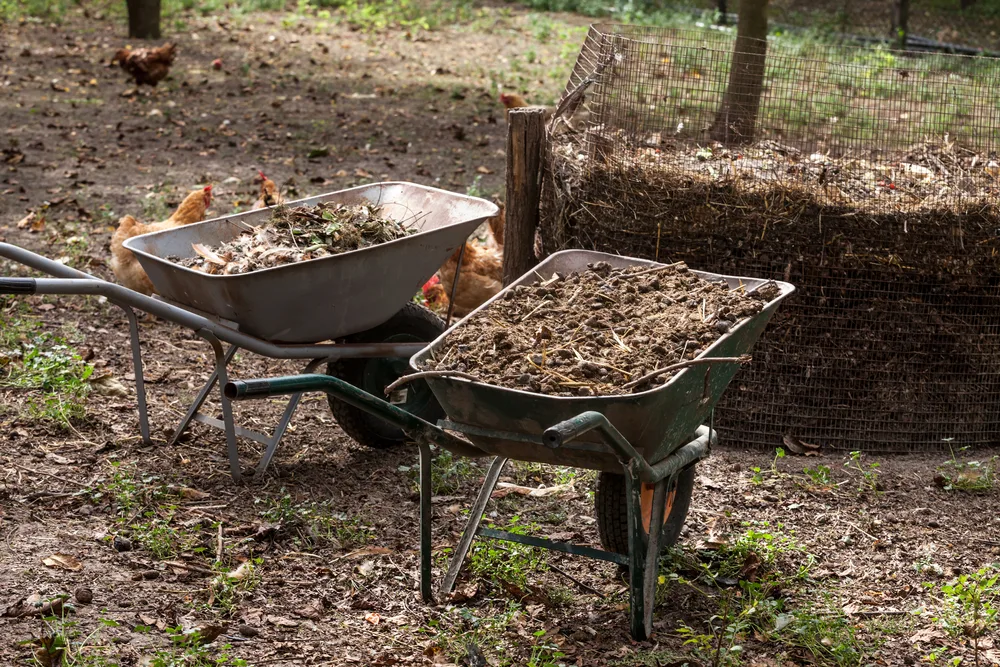
It should be no surprise that compost is at the top of our list for natural fertilizers. Using decomposing organic material to return nutrients to the soil is as old as farming itself. When it comes to amending the soil, compost really is the complete package.
Compost is rich in all three of the most important nutrients for healthy plants – nitrogen, phosphorus and potassium. Adding compost to your soil every growing season does so much more than replenishing these key nutrients; it also helps maintain a healthy soil pH, helps soil retain moisture, and improves the overall condition of the soil.
If you’re new to organic gardening, I highly recommend beginning your journey by adding compost to your soil, whether you are using your existing soil or using a premade mix.
While it’s easy enough to purchase compost, it’s even better to make your own; and you’ve got several methods to choose from.
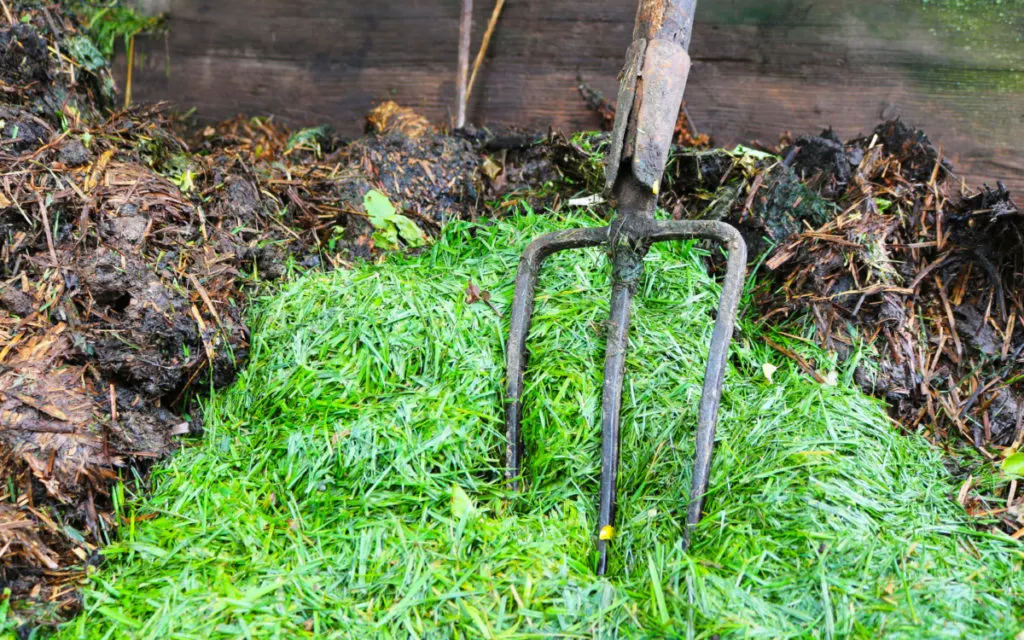
Let’s start by making a compost bin.
12 DIY Compost Bin & Tumbler Ideas Anyone Can Make
From there, it’s up to you which method will work best for your available space, how much you need, and how quickly you want finished compost.
Hot Composting – Turn Food Waste Into Compost In Record Time
Bokashi Composting: Make Fermented Gold For Your Garden In Record Time
Vermicomposting – How To Start Your Own Worm Bin
How To Make Compost in 14 Days with the Berkeley Method
2. Compost Tea
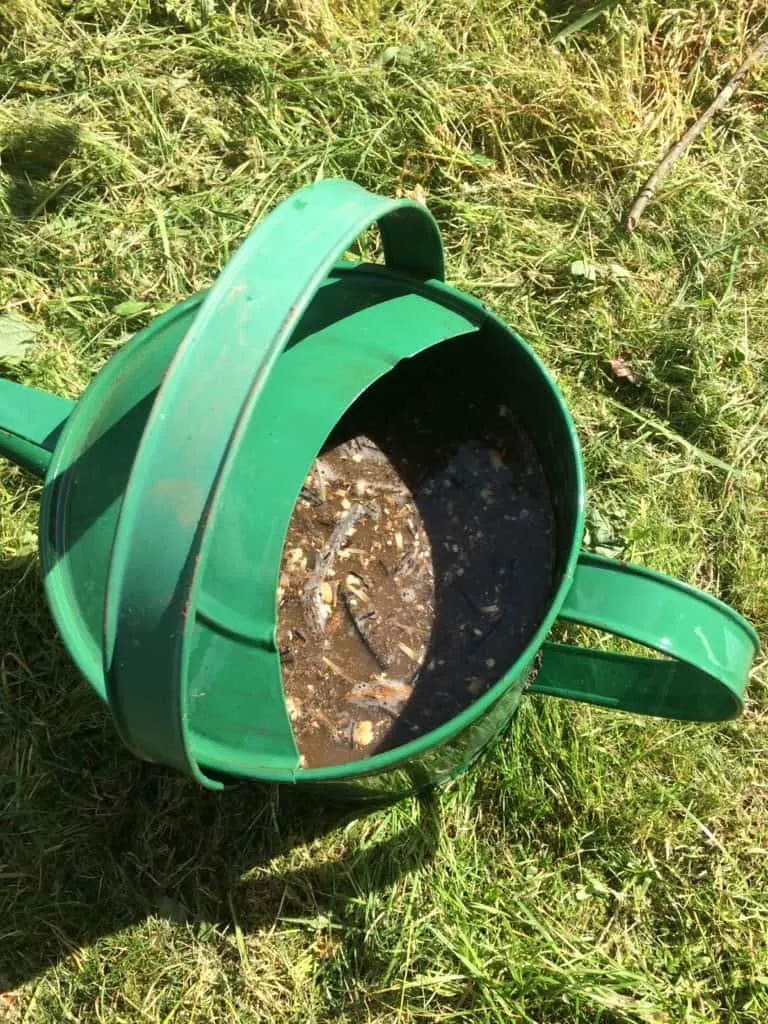
Once you’ve got your compost bin up and running, you can make compost tea. Compost tea provides the same nutrients as compost, only in liquid form. Having a liquid fertilizer makes feeding individual plants even easier, and you don’t waste any of the nutrients if you’re only applying it right where it’s needed.
You can also use compost tea as a foliar spray, with the advantage that the nutrients are absorbed more readily in liquid form.
Solid compost and compost tea are the perfect combo fertilizer to meet your plant’s needs throughout the entire growing season.
And because compost tea is a liquid, it’s a great natural fertilizer for houseplants.
3. Mycorrhizae
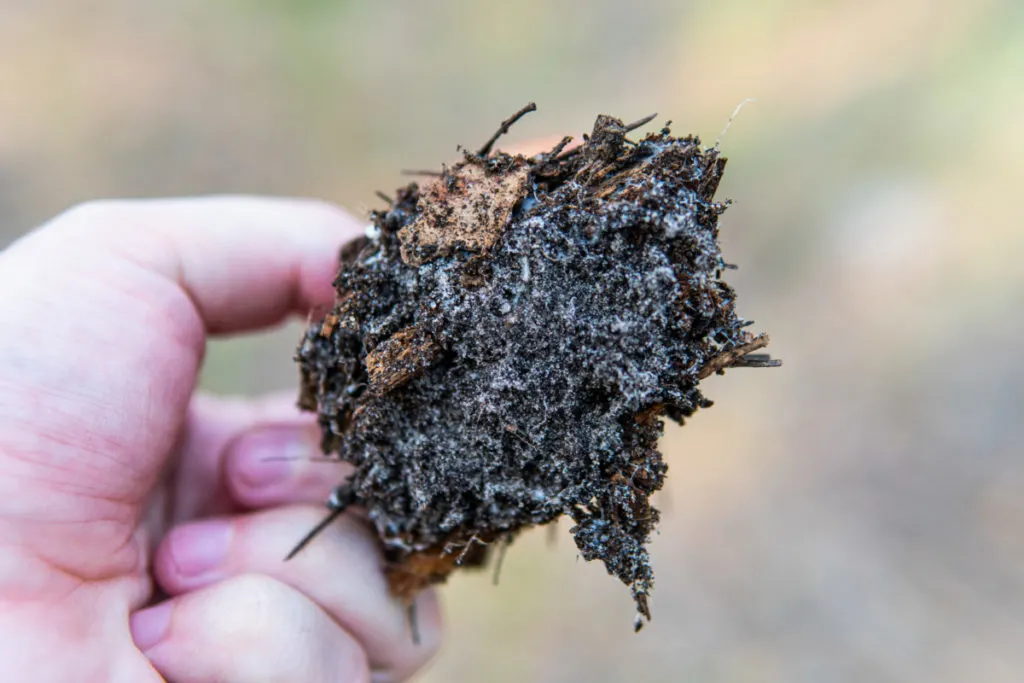
While these microscopic fungi aren’t technically a fertilizer, they do play a huge role in plant health. These beneficial organisms attach themselves to the roots of your plant, increasing its surface area, which improves your plant’s drought resistance and its ability to take up nutrients.
Mycorrhizae even help break down the nutrients already in the soil, making it easier for your plants to synthesize them.
While you can add commercially available mycorrhizae inoculants to your soil, and plenty of us do, one of the best ways to reap the benefits of these helpful fungi is to grow a no-dig garden. Mycorrhizae are already there in the soil as a part of the microbiome beneath our feet.
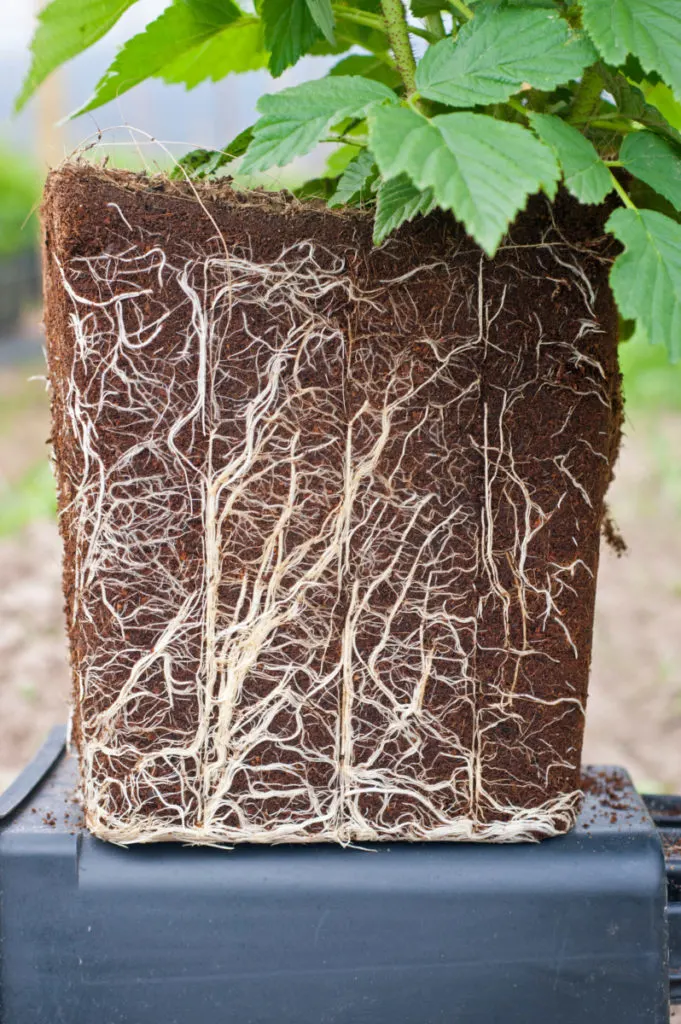
However, every time we till or dig up our garden, we destroy this massive and delicate network. And what took decades to form has to start over again.
Have you ever heard the old saying, “The best time to plant a tree is 20 years ago; the second-best time to plant a tree is right now.”? The same can be said for healing your garden’s microbiome.
Even if you’ve tilled your soil every single year, it’s never too late to start a no-dig garden. Even in your first year, the results may surprise you, and over time, the naturally occurring mycorrhizae will repopulate your soil and benefit your plants.
6 Reasons To Start A No Dig Garden + How To Get Started
4. Worm Castings
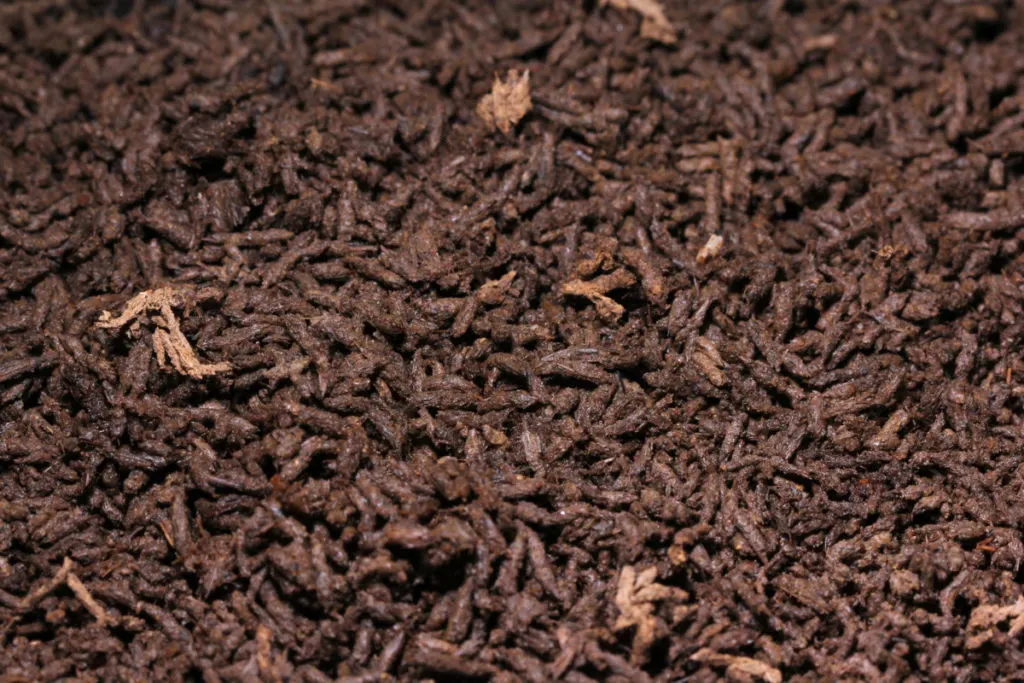
Worm castings, which is a nice way of saying worm poop, are a natural fertilizer powerhouse. Now before we get into what makes worm poop so great, you’re probably scratching your head and wondering how you harvest worm castings. Or maybe you don’t want to know.
Trust me; it’s much easier and less gross than you think.
Vermicomposting is a form of composting that not only gives you finished compost in the end but worm castings too. It all starts with a worm bin. (Here’s one you can build in about 30 minutes for $15.) In short, you feed your worms kitchen scraps, and they give you finished compost and worm castings, which are filtered into the bottom of your worm tower.
What makes worm castings so great?
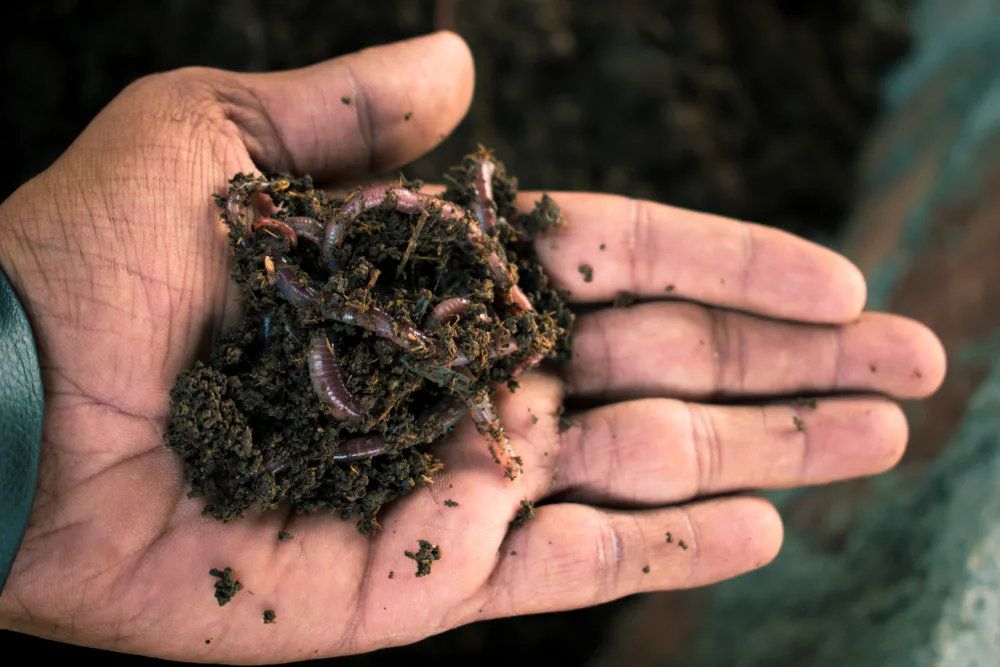
Well, just about everything. Think of them as an all-natural slow-release fertilizer that won’t burn even the tenderest of plants, help to aerate the soil, improve the overall soil structure, hold in moisture and can stop aphids and spider mites before they become a problem.
And just like regular compost, worm castings make excellent liquid worm tea. (Not made from actual worms.)
If you don’t want to mess with a worm tower, I’ve got an amazing tip for you.
The $35 Accidental Discovery That Vastly Improved My Soil
5. Bone Meal
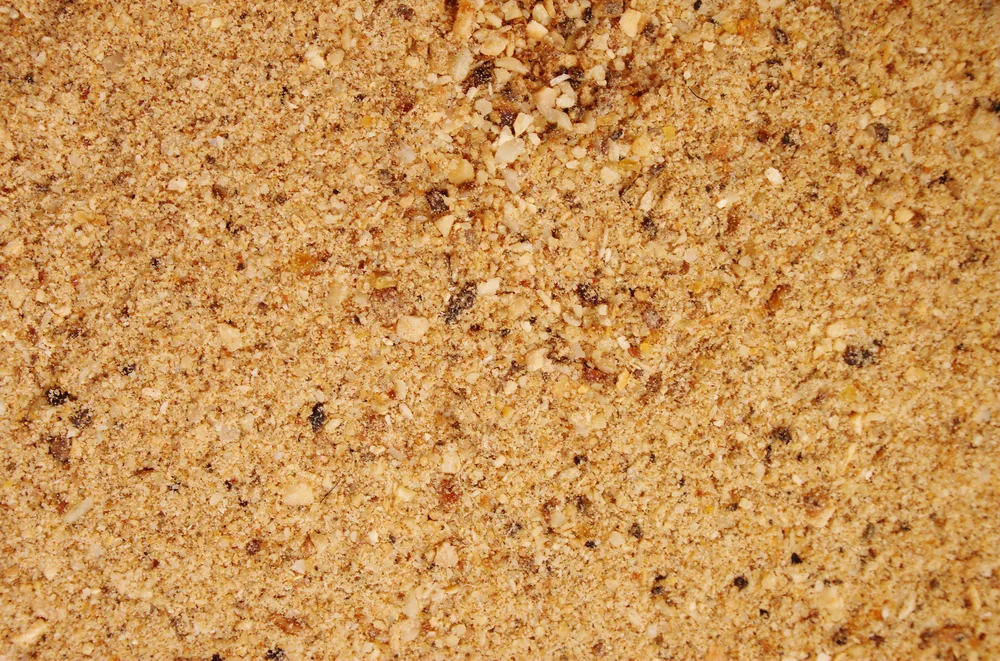
Bone meal is exactly what it sounds like, powdered animal bones. Usually, bone meal is the byproduct of beef cattle. The bones are cooked or pasteurized to kill bacteria, and the bounds are ground. The resulting bone meal can be used as a slow-release fertilizer in your garden and on your houseplants.
Bone meal provides plenty of phosphorus to plants, making it a great fertilizer for any of your blooming plants and bulbs. There is some naturally occurring nitrogen in bone meal, but it’s a trace amount. However, many commercially produced bone meal mixes will have added nitrogen, so be sure to read the bag’s NPK ratio before you purchase it.
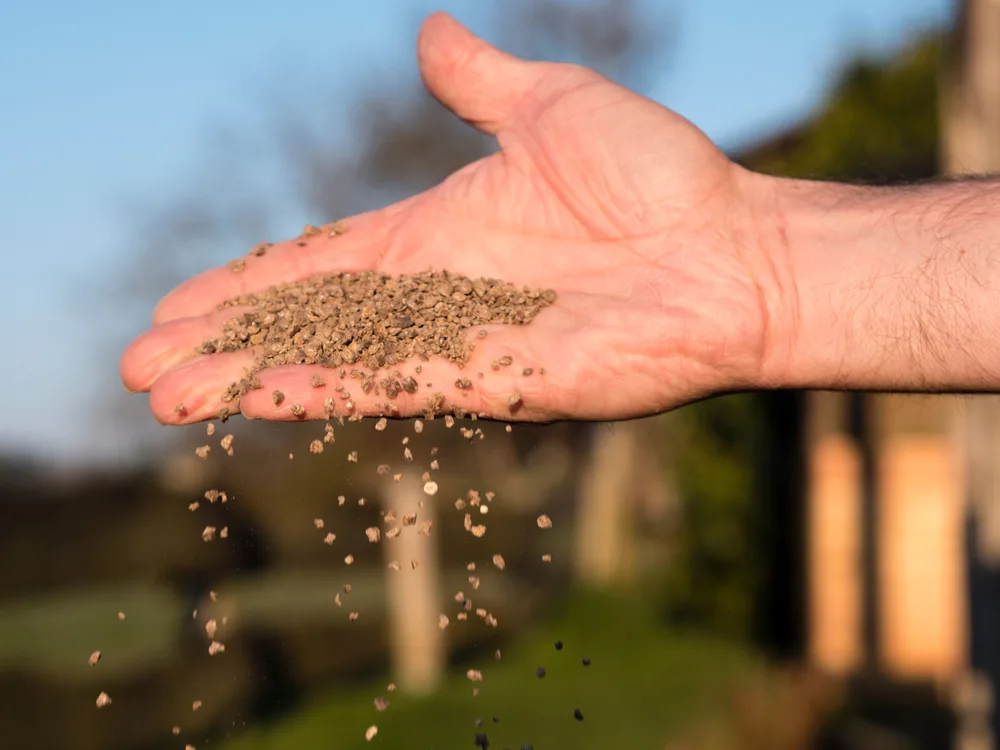
Bone meal is a slow-release fertilizer and is best added to the soil when you plant your garden. The easiest way to add it to the soil is to put a bit in the bottom of each hole you make before planting one of your seedlings in the spring.
If you’re going to use it for houseplants, add it when you repot your plant by mixing it in with your potting mix.
Naturally, because of the source of this fertilizer, some may choose not to use it based on personal beliefs
6. Blood Meal
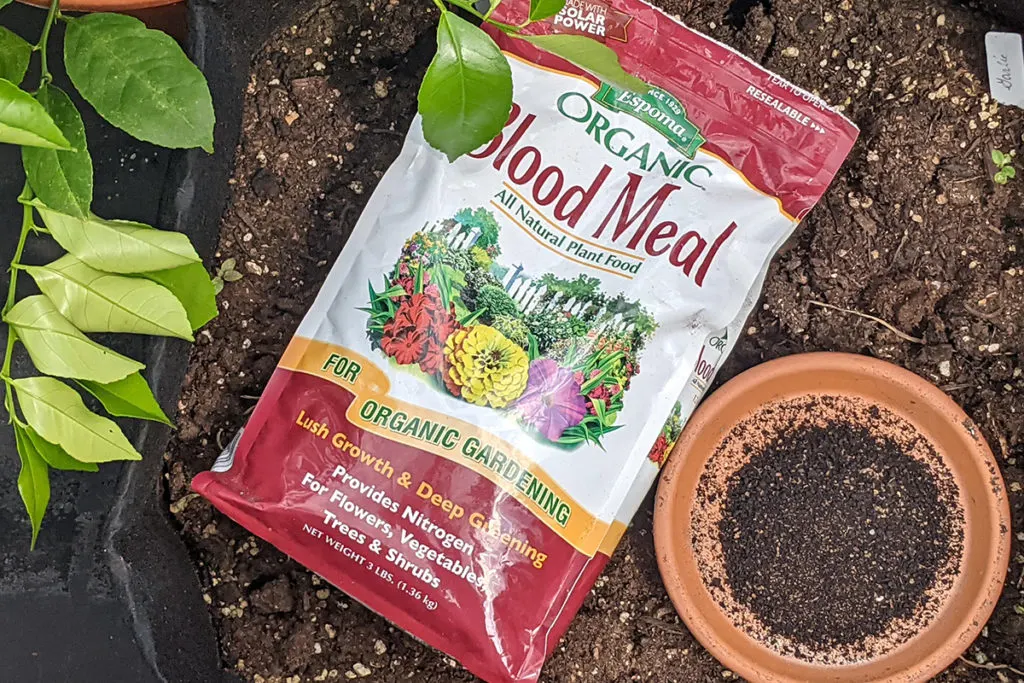
Much like bone meal, the name says it all where blood meal is concerned. Again, this natural fertilizer generally comes as a byproduct of beef production.
Despite its honest but disconcerting name, blood meal is an excellent natural fertilizer that’s stood the test of time. Nitrogen is the main nutrient found in blood meal, making it an easy fix for nutrient-depleted soil.
You can add blood meal to your soil after growing heavy nitrogen-consuming plants such as tomatoes, pepper, cucumbers, leafy greens and squash. Adding it at the beginning of the season provides a slow release of nitrogen throughout the growing season.
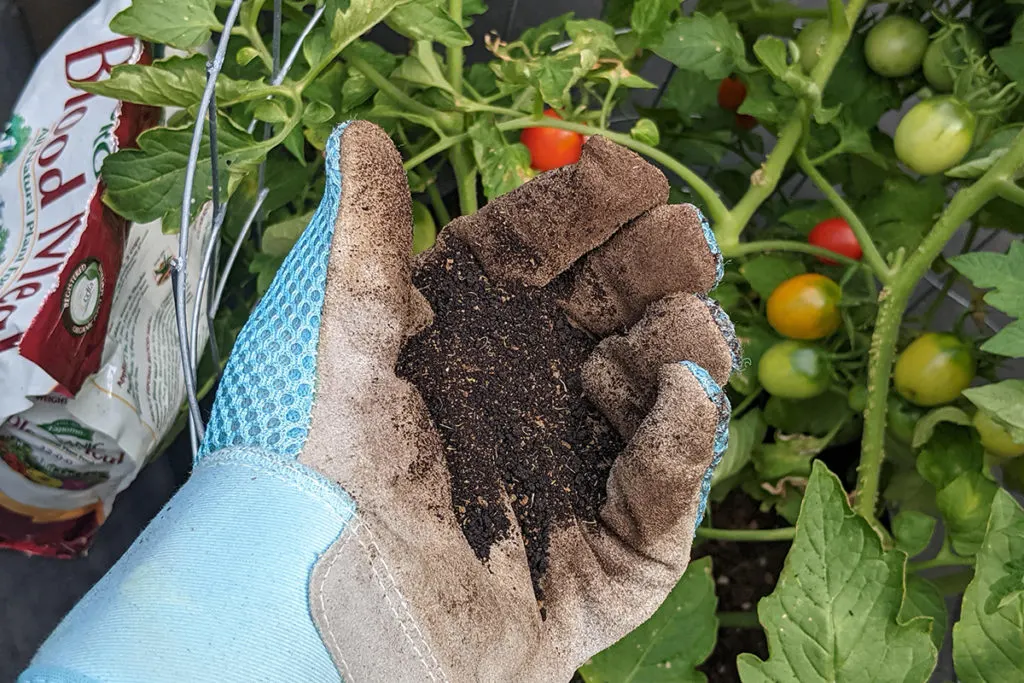
It has the added benefit of deterring some common veggie-nibbling pests with its scent. So keep a bag handy to sprinkle around the perimeter of your garden too.
7. Banana Peel Fertilizer
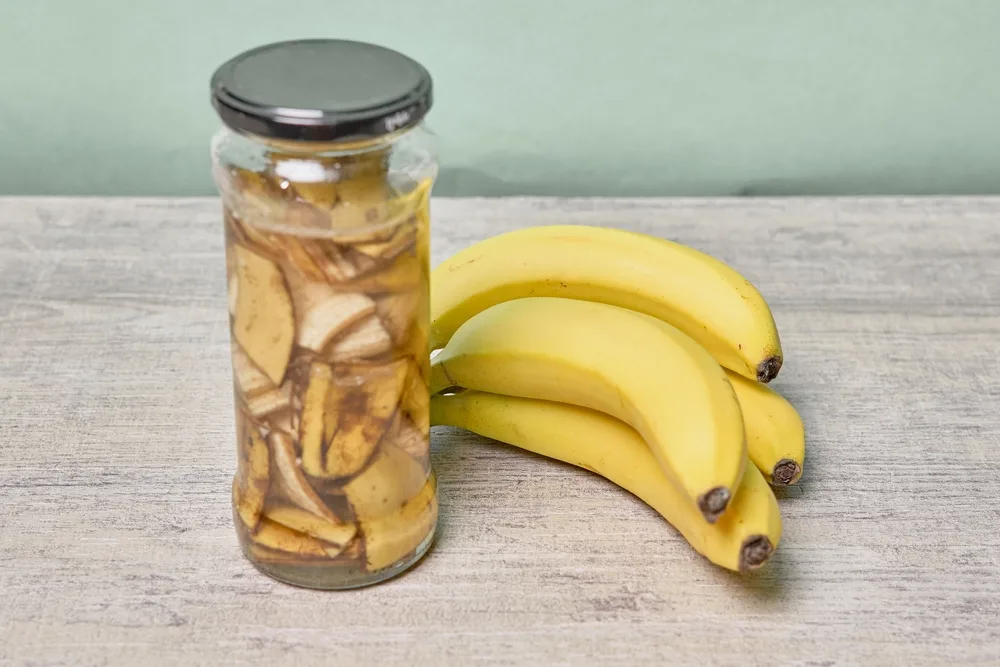
While you could toss your banana peels directly in your compost bin, you might want to toss them in a jar with some water instead.
Homemade banana peel fertilizer gives you a potassium-rich liquid feed containing important trace elements – calcium, manganese, sulfur, and magnesium. These are all nutrients that control vital systems in a plant’s life cycle.
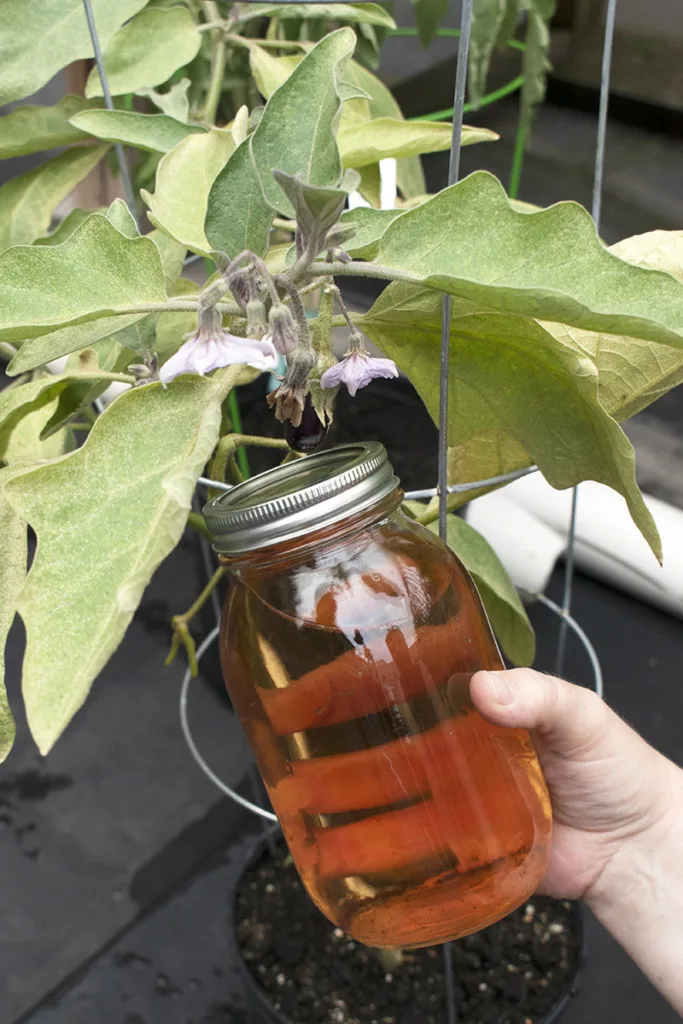
Again, use it for your garden and your houseplants as a foliar spray or a liquid fertilizer.
The great thing about this particular fertilizer is that you don’t have to have a compost pile to make it. You just need to be someone who eats bananas.
8. Comfrey Liquid Fertilizer
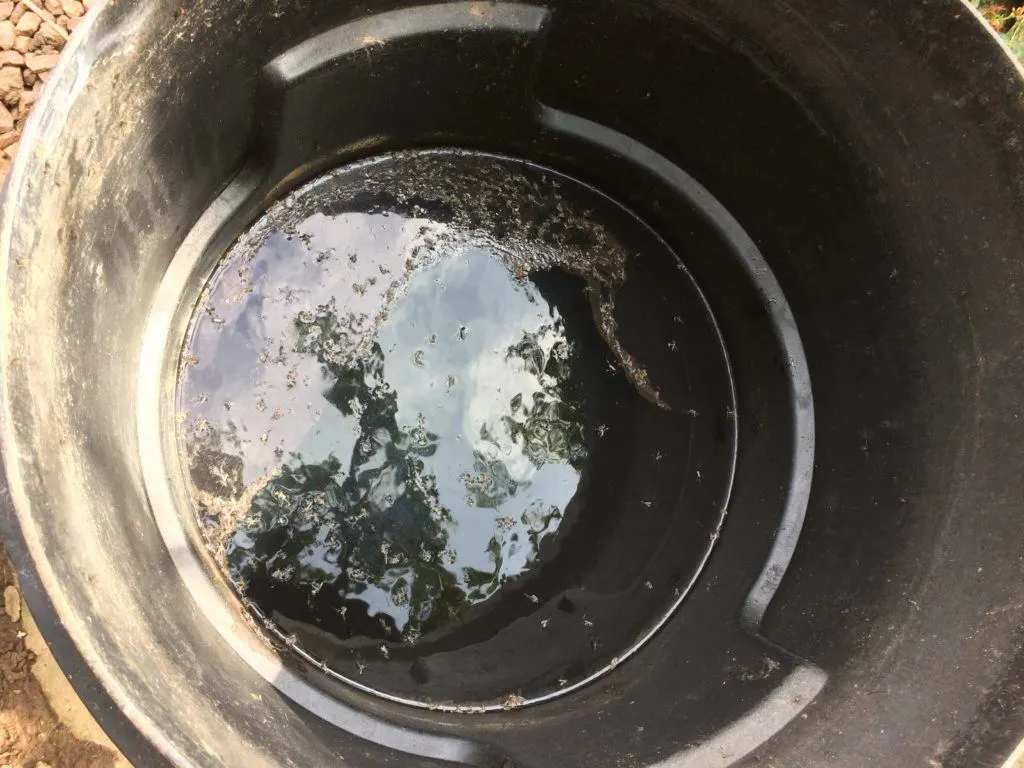
If you find your soil lacks potassium, comfrey fertilizer is the answer. Comfrey is easy to grow and provides the benefit of being a great green mulch and its use as a fertilizer.
Much like compost and worm tea, comfrey fertilizer is made by soaking the chopped comfrey leaves in water and then siphoning off the water once an appropriate amount of time has passed.
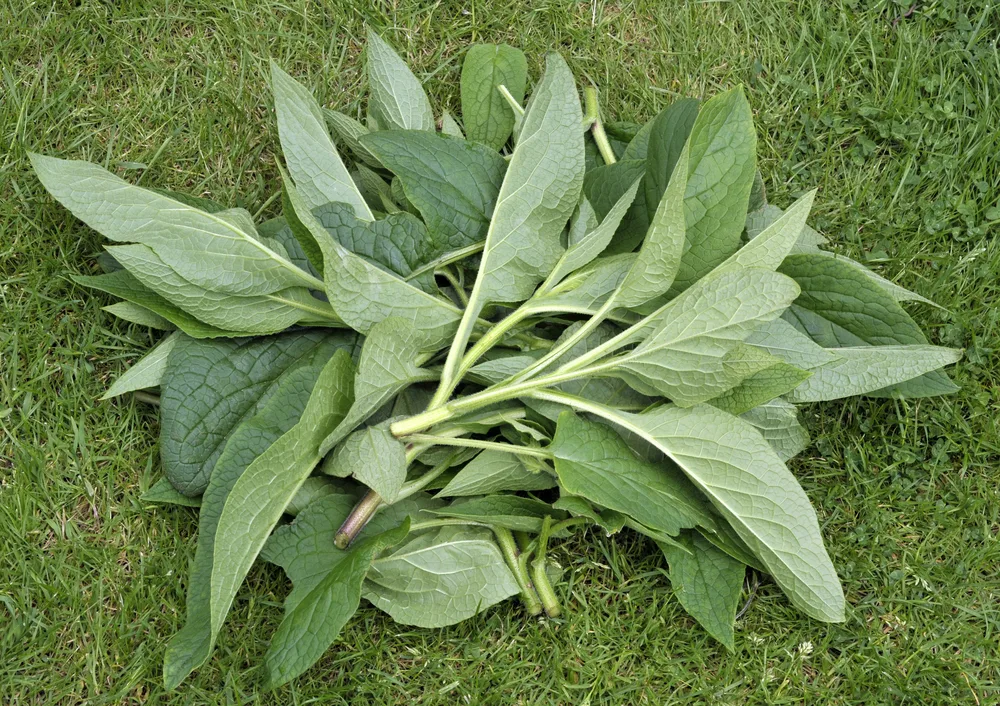
You can add this potassium booster to your regular watering routine or use it as a foliar spray. Again, this liquid fertilizer is great for houseplants as well.
9. Homemade Tomato Fertilizer
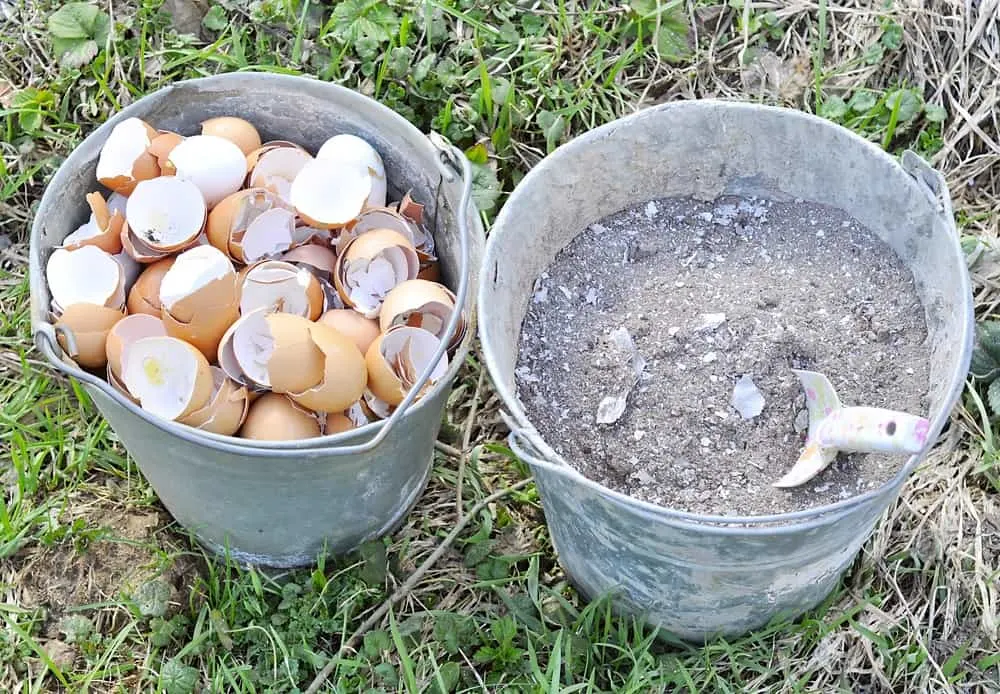
Tomato growers rejoice; we haven’t forgotten you. I’ve saved this particular fertilizer for last because it does require several natural ingredients to mix up a batch. However, it’s got a track record of over 30 years of feeding tomatoes behind it.
Here’s the tomato fertilizer recipe.
As any tomato grower will tell you, tomatoes are heavy feeders. It seems as though you can never give them enough nutrients – mainly nitrogen and phosphorus.
And you’ll see that this homemade concoction provides plenty of both. Be sure and mix up a batch and grow the best tomatoes of your gardening career.
As I said initially, this is hardly an exhaustive list of your natural fertilizer options. But you’ll certainly be well on your way to a glorious yield if you incorporate a few of these into your growing season.
And who knows, within a year or two, you may have worked out the perfect fertilizer routine and never have to rely on synthetic fertilizers again.

Get the famous Rural Sprout newsletter delivered to your inbox.
Including Sunday musings from our editor, Tracey, as well as “What’s Up Wednesday” our roundup of what’s in season and new article updates and alerts.

